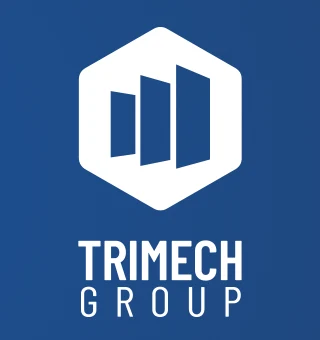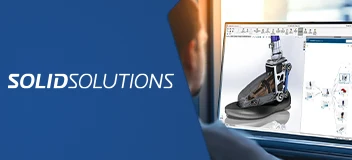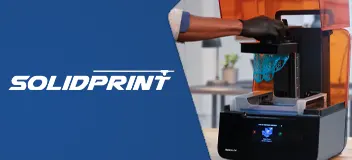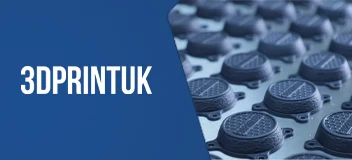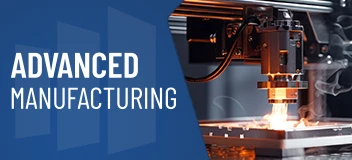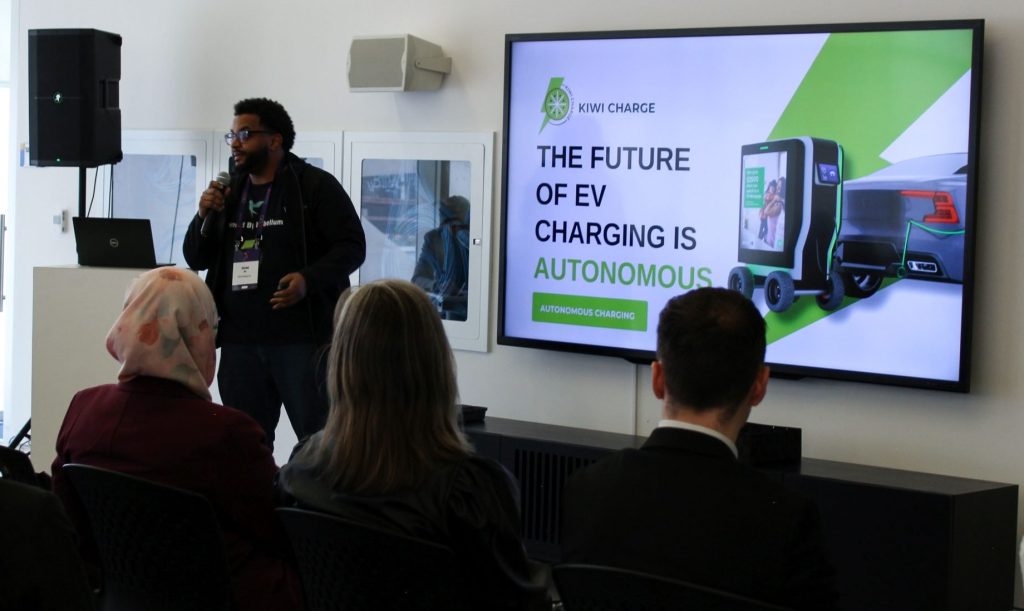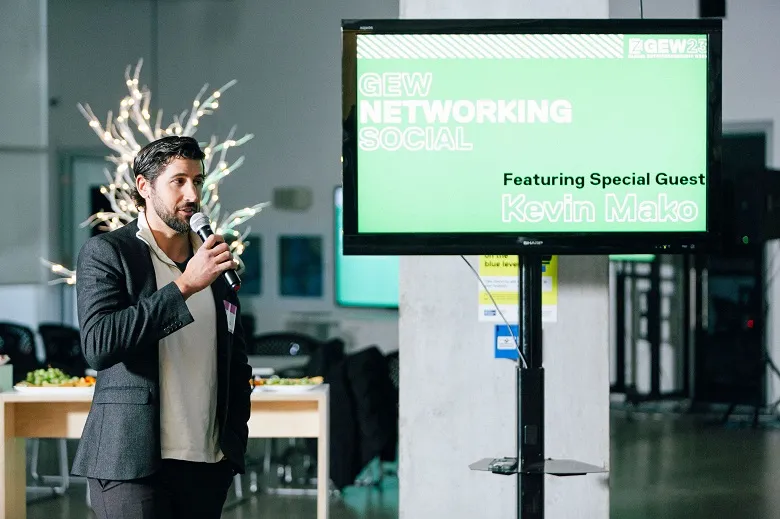On February 18th, Kevin Mako, TriMech Design Solutions’s President, spoke at the OPN Founders Funding Couch event. Hosted by Jeffery Potvin, a Canadian angel investor who invested in over 55 companies, this show attracts investors, business owners, and experts from a multitude of industries.
The purpose of this show is for participants to share their unique experiences and knowledge to help new Canadian invention makers and startups grow, fund, and scale their businesses.
The topic of discussion was “Taking the Hard out of Hardware.”
Indeed, there’s always been a shroud of mystery and excitement about hardware design. Because you’re working with a physical product, there are quite a few more variables to consider compared to, say, a software product. From 3D CAD designs to materials procurement to deciding where to manufacture, there’s a lot of research to be done! But that’s what also makes this industry so exciting.
There’s nothing like seeing the joy on our client’s faces when they unbox “Version 1.0” fresh off the assembly line. Being able to tangibly hold, weigh and feel what was once just a dream idea is simply a one-of-a-kind experience.
If you’re not familiar with any of these topics above, we recommend you check out MAKO’s Inventor’s Manual. It’s an easy-to-digest crash course on everything you should know if you’re a new Canadian invention maker.
Jeffery and Kevin were joined by Trung Pham, a funding wiz and the Founder of RYSE, and branding extraordinaire Valerie Song, the CEO and Co-founder of AVA Technologies.
RYSE SmartShades is a device that motorizes and automates almost all shades and conveniently integrates with your smart home.
AVA Byte is a smart indoor garden where you can grow a variety of greens and herbs simply by snapping a pod in the device.
Here are the key takeaways from OPN’s info-packed show.
Key Takeaways from the Founders Funding Couch for New Canadian Invention Makers in Canada
Customers are Your North Star
Valerie
She makes it very clear that her customers come first, and with good reason. To make a great product, you need to be close to your customers. Especially in the early stages, get their feedback to fine-tune your brand and product. One of the great things about the early stages of a startup is you’ll start to figure out who your customer niche is and how to fit your branding to attract that niche.
One anecdote Valerie brought up was the correlation between the evolution of AVA’s branding as they honed in on their true target audience. Their original hypothesis was to brand themselves similar to a tech company, which you’ll notice in their successful 2017 Indiegogo campaign.
However, they realized the majority of their customers were, in fact, women. As a result, AVA pivoted its branding – soft pastel colours and elegant text dominate the zen-like website. Don’t forget to check out their blog for plenty of helpful food and gardening tips for a healthier you!
Kevin
The eventual goal for most new Canadian invention makers is to manufacture their product ideas. Therefore, the key objectives along the way are to hone in on as tight a niche as possible and fit a specific demographic. To achieve these two things, prepare to spend six months refining, retooling, and streamlining the functionality of your product.
Is the product easy to use? Are there certain features that your customers neglect? Are they using the product “incorrectly?” Above all, asking these questions and getting answers regularly is critical to improving the user experience. The only way you’ll get dependable information is by getting an MVP into the hands of your customer.
Keep it Simple
Truong
Before RYSE was RYSE, Trung introduced the first version of the product under the brand AXIS. Needless to say, the AXIS Gear was a hit. Affordable automation that worked with my existing blinds? Sign me up people said. But that didn’t stop Trung from trying to find ways to improve his product.
Trung agrees the first version may have been a little over-engineered with a bit too many features – that they weren’t really focused on solving one core problem. Previously, when they were still AXIS, they weren’t sure if they wanted to be a “window blinds” company, a “smart home” company, or something more specific and niche.
Due to the success of Axis Gear, they decided to enter the smart home and devices industry. Especially with a simpler product, they didn’t have to think about fabrics, materials, fashion trends, and other distractions related to the blinds industry. This was the birth of RYSE.
RYSE SmartShades is the upgraded version of the Axis Gear. Certainly, new Canadian invention makers should take notes here. The result of simplifying their new product? It’s now quieter, stronger, and most importantly, much simpler to use than its predecessor. Because Trung and his team streamlined the functionality, it’s a lot easier to manufacture as well.
Kevin
In truth, Kevin can’t stress simplicity enough. As a startup, you want to get traction, and the simpler your product is, the easier it is to do so. A simpler product is a product that’s cheaper, easier, and faster to design.
He outlines a simple process in three steps:
- Spend about three months focusing on a niche. At this stage, you should have a concept design and a 3D model – not just any old 3D CAD, but a 3D CAD designed for manufacturing.
- Spend about six months doing hardcore prototyping. We know a lot of our clients who are new Canadian invention makers get really excited about this part. In this stage, your objective is to build, measure, and learn to find improvement opportunities before production. So, prepare to make three or even four prototypes throughout this process.
- Spend three to six months in production. With an MVP, you’ll probably iron out most of the headaches ahead of time. Again, simplicity is so key here. The easier it is for the manufacturer to understand how what tools to use to build and assemble the parts, the lower the chance of defects. In addition, you’ll ideally want to have boots on the ground at the plant to verify manufacturing processes and for quality assurance. Fewer defects lead to happier customers and the ever-so-coveted five-star reviews.
If you enjoyed reading this, there’s a lot more great content similar below:
Did you miss out on this event? No worries, make sure to follow us on Instagram for the latest events, tips, and news!
Have a Product Idea?
Discover our product development services tailored to startups, small manufacturers, and inventors.
Design Newsletter
Get the latest news curated for designers, makers and inventors.
More from our Blog
Kiwi Charge Robotic Electric Vehicle Charger Takes Top Prize in Student Pitch Competition at TMU
Learn how Kiwi Charge won the top prize at the Student Pitch Competition at Toronto Metropolitan University with their innovative Robotic Electric Vehicle Charger.
TriMech Group Acquires Product Development Specialists MAKO Design + Invent to Expand Design and Engineering Services for Clients
The TriMech Group has acquired MAKO Design + Invent, which provides tailored, end-to-end product design and development services across all physical consumer product categories to...
Connecting with the Bright Minds of Aspiring Entrepreneurs at TMU
Kevin Mako shares the wealth of insight he has accumulated while growing MAKO Design + Invent into the flourishing product development firm it is today.
Ready to find out more?
Contact us today and tell us about your invention or product design idea
